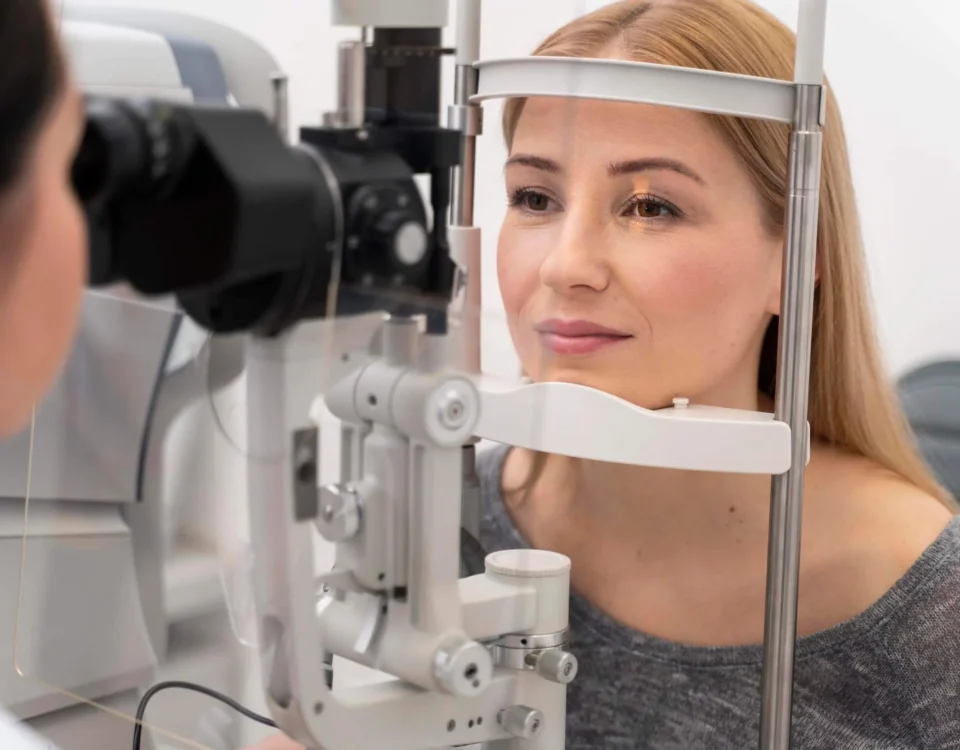
How To Tell if Your Child Has Vision Issues
September 16, 2025
What To Look for in a Gynecologist
September 17, 2025Cataract surgery is a procedure designed to restore vision by removing the eye’s natural lens when it has become clouded. This clouding is called a cataract, which can interfere with daily activities by making vision blurry or dim. The surgery involves replacing the affected lens with an artificial one. Here are several approaches to cataract surgery, each with its own specific techniques and applications:
1. Traditional Cataract Surgery
Traditional cataract surgery, also called phacoemulsification, is a manual procedure performed by an ophthalmologist. The surgeon begins by making a small incision in the cornea, the transparent outer layer of the eye, using a handheld surgical blade. Through this opening, the surgeon accesses the capsule containing the lens.
Next, the surgeon creates a circular opening in the lens capsule. This gives the surgeon access to the cataract inside. They can then insert an ultrasonic probe to break up the clouded lens into smaller pieces and suck out these fragments from the eye. Once they remove the natural lens material, the procedure moves to the next phase, which involves placing an artificial lens. The incision may not require stitches.
2. Laser-assisted Cataract Surgery
Laser-assisted cataract surgery uses a femtosecond laser to perform some of the steps that are done manually in the traditional method. This approach offers a high degree of precision. Before the procedure begins, the surgeon typically uses advanced imaging technology to map the eye’s surface and internal structures. This detailed map guides the laser.
Surgeons use a femtosecond laser to create the corneal incision and the opening in the lens capsule. They can also use it to soften the cataract, which allows it to be broken up more gently. After the laser completes these initial steps, the surgeon can remove the cataract fragments with suction, similar to the traditional method.
By automating certain parts of the surgery, this technique provides a controlled and predictable process. The use of the laser may reduce the amount of ultrasonic energy needed to break up the lens. This may contribute to quicker recovery times and potentially improve surgical outcomes for patients.
3. Intraocular Lens Replacement
A central part of any eye surgery is the placement of an intraocular lens (IOL). The IOL is an artificial lens that replaces your eye’s natural, clouded lens. This new lens focuses light onto the retina, which allows you to see clearly.
There are many types of IOLs available, and the selection depends on your vision needs and lifestyle. Your surgeon can discuss which IOL option is most suitable for you based on a comprehensive eye examination and a conversation about your visual goals. The IOL becomes a permanent part of your eye.
Schedule Cataract Surgery Today
Navigating your options for surgery is a key step toward clearer vision. If you are experiencing symptoms of cataracts, such as blurry vision, faded colors, or difficulty seeing at night, it may be time to explore your treatment options. Contact an eye center near you to schedule a consultation. A thorough evaluation will help determine the right course of action for your specific needs.




